RSA guide 2024: AI and security are top concerns for organizations in every industry
Dynatrace
MAY 2, 2024
Additionally, blind spots in cloud architecture are making it increasingly difficult for organizations to balance application performance with a robust security posture. As organizations train generative AI systems with critical data, they must be aware of the security and compliance risks.

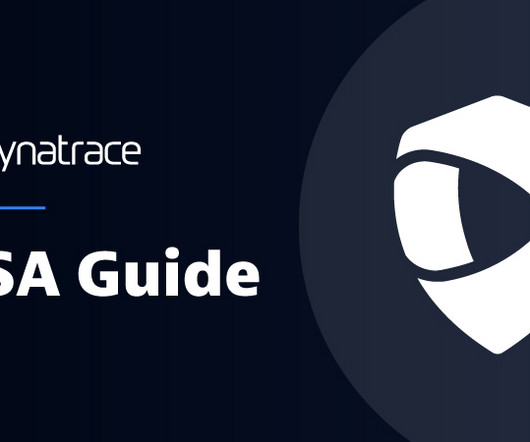

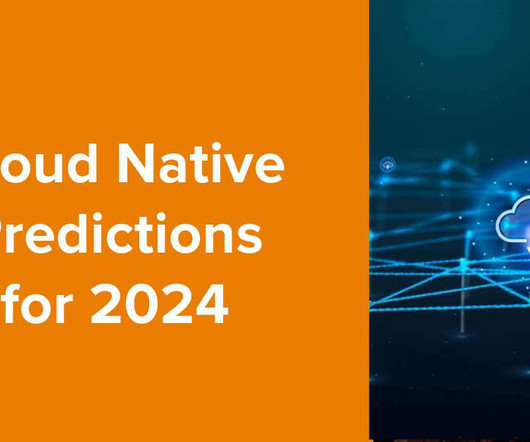
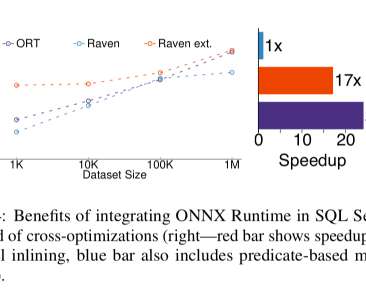


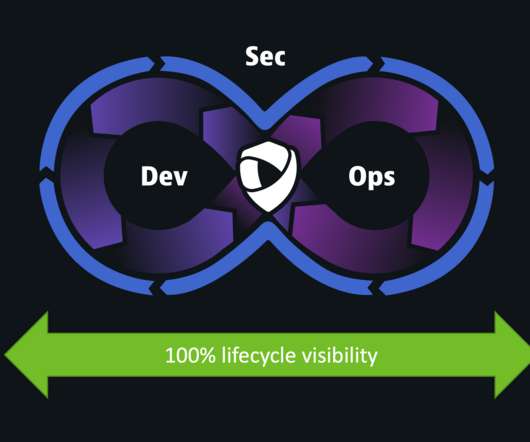

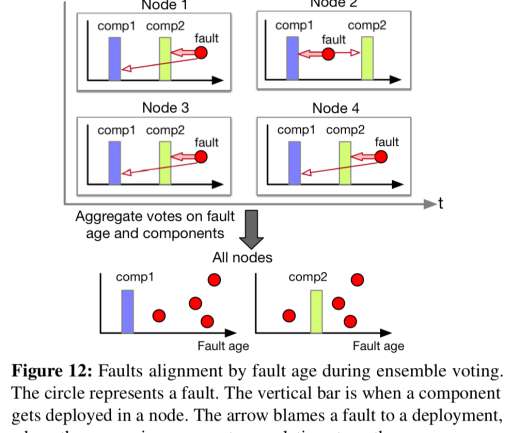


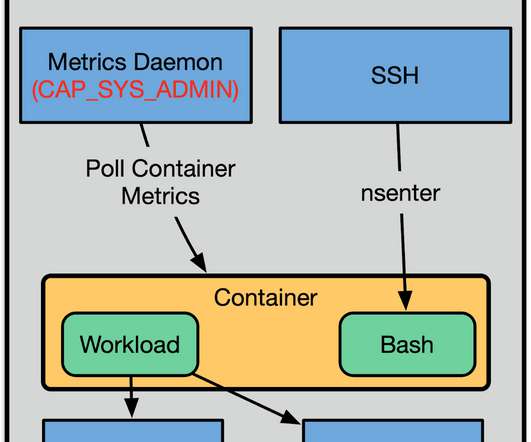

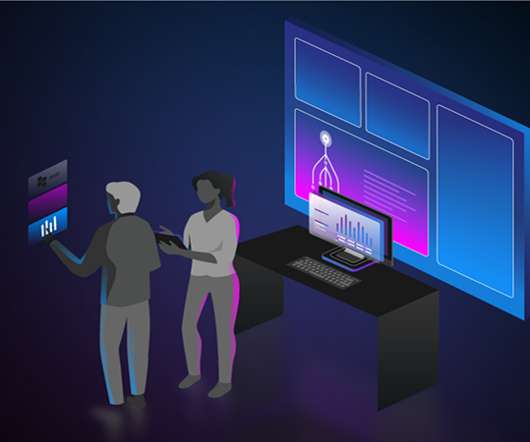








Let's personalize your content